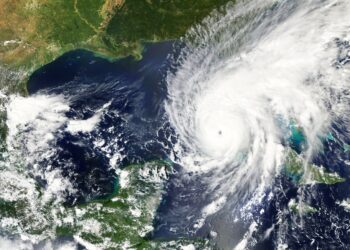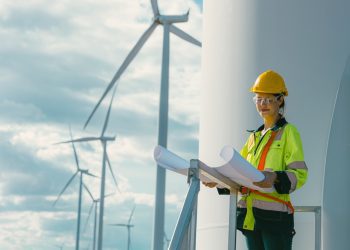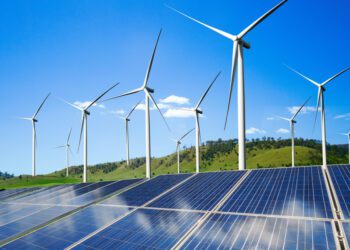The business landscape is becoming more digitally driven and data-oriented than ever before. Companies of all sizes are increasingly using big data to improve decision making, gain valuable insights and maintain a competitive edge.
Although big data offers companies several advantages, it has some environmental downsides. Data storage technology can harm the environment and negatively impact the climate. Offline storage media is one type of storage that results in climate benefits, allowing users who store massive amounts of data to be environmentally responsible.
Data centers are becoming increasingly popular for businesses, but professionals should discuss their environmental footprint more. Whether on-premise or in the cloud, data storage and IT systems consume a lot of electricity.
Data centers are one of the most energy-intensive buildings. They account for approximately 2% of the total energy use in the United States, according to the country’s Department of Energy. As more data centers emerge to support business operations, this figure will continue to increase.
It’s evident that many energy grids are simply not capable of meeting demand as the amount of energy needed for data storage skyrockets. Many of these grids are equipped with outdated technologies and while various grid modernization efforts are underway, it will take years to update grids enough to meet increasing energy demands.
Aside from data centers, storage hardware also consumes a lot of energy. Therefore, businesses must identify energy-efficient storage facilities or devices to manage their data.
The environmental impacts of increased energy use
The accelerated adoption of emerging technologies — such as cloud computing, artificial intelligence (AI), machine learning (ML) and 5G — is straining today’s energy grids and negatively impacting the environment. Some of the climate-related challenges that come with increased energy consumption include air pollution, water and thermal pollution and solid waste disposal.
Greenhouse gases are an inevitable byproduct of energy generation and consumption and are the major contributors to global warming and climate change. Offline storage — also referred to as removable or offline backup storage — is a valuable tool for businesses and consumers to reduce their ennvironmental footprints. Think of USB or external hard drives, the most common offline storage devices.
With every possible source data could inhabit, it’s becoming less common for businesses or consumers to store their data on removable storage devices. Major tech giants are even distancing themselves from using external storage options. For example, modern Mac computers lack USB ports, so it doesn’t make much sense for users to store files on their outdated flash drives.
Not only are modern hard drives reaching their capacity limits, but they also hurt the environment. An older, less commonly used energy storage solution proving to be highly energy efficient is magnetic tape. According to an article from IEEE Spectrum — a leading engineering magazine — magnetic tape will likely be the data storage solution of the future.
Much of the world’s data today is still stored on magnetic tape. For example, major motion pictures, banking, insurance, national archives and oil exploration projects still use magnetic tape for storage purposes. Even data for basic science experiments goes on tape.
Magnetic tape is a more sustainable form of data storage for businesses and the tape itself is constantly improving. The first tape system — the IBM 726 model — held only 1.1 megabytes of data. Now, the average modern tape cartridge can store 15 terabytes, the equivalent of 15,000 gigabytes.
Tape does not offer fast access speeds like hard drives or external disks do, but it’s much better for the environment in terms of energy consumption. Once all data is recorded on tape, the cartridge sits idly in a robotic library, consuming no energy at all.
Tape is a viable alternative storage solution compared to data centers, which are constantly consuming energy. Tape is also secure and very reliable. The storage is more affordable than other data storage options, so businesses don’t need to break the bank on paying for data centers or warehouses.
Offline storage media devices are often much better for the environment because they are not connected to any network or system, meaning it does not consume energy wastefully.
In this age of technology and big data, companies want to use the most affordable data storage options and tape as well as other offline storage options offer reliability, security, affordability. They are the most sustainable choices for businesses.
Courtesy Sustainability Times. By April Miller. Article available here.
.












